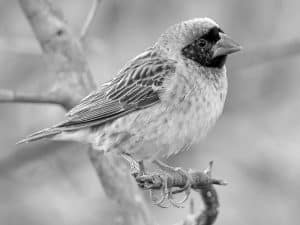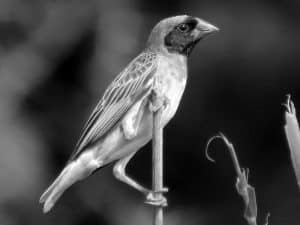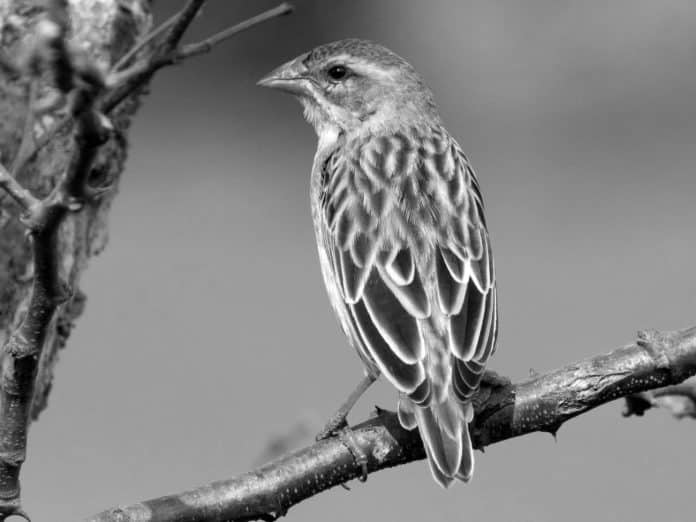Introduction to the Red-billed Quelea
As you step into the vast expanse of Tanzania’s diverse landscapes, you’ll be captivated by the sheer abundance of a remarkable bird species – the red-billed quelea. This small, finch-like bird is not only a sight to behold but also plays a crucial role in the intricate tapestry of the region’s avian ecosystem. Prepare to embark on a journey of discovery as we delve into the fascinating world of the red-billed quelea in Tanzania and uncover its unique characteristics, behavior, and significance in Tanzania.
Habitat and Distribution of the Red-billed Quelea in Tanzania

The red-billed quelea, scientifically known as Quelea quelea, is a true avian marvel of Tanzania. This species thrives in the diverse habitats that the country has to offer, from the vast grasslands and savannas to the lush wetlands and agricultural areas. As one of the most widely distributed bird species in Africa, the red-billed quelea can be found in abundance across Tanzania, with its population estimated to reach staggering numbers in the hundreds of millions.
The red-billed quelea’s adaptability and resilience have allowed it to flourish in various regions of Tanzania, from the northern Serengeti to the southern coastal areas. Its ability to thrive in both natural and human-modified environments has made it a ubiquitous presence in the country’s avian landscape.
Physical Characteristics of the Red-billed Quelea
The red-billed quelea is a small, sparrow-like bird with a distinctive appearance. Its most striking feature is the bright red bill, which gives the species its common name. During the breeding season, the male’s plumage transforms, with a black head, white cheeks, and a bright red bill, creating a striking contrast against its brown body.
In contrast, the female red-billed quelea has a more subdued appearance, with a brown head and a pinkish-red bill. Both sexes share a similar body shape, with a small, conical beak and a compact, rounded silhouette. The red-billed quelea’s size, typically ranging from 12 to 15 centimeters in length, makes it a relatively small bird, but its sheer numbers in Tanzania make it a dominant presence in the avian community.
Behavior and Social Structure of the Red-billed Quelea
The red-billed quelea is a highly social and gregarious bird, often forming massive flocks that can number in the millions. These flocks, known as “quelea colonies,” are a sight to behold, as they take to the skies in synchronized movements, creating a mesmerizing display of avian coordination.
Within these vast colonies, the red-billed quelea exhibits a complex social structure. They are known to be highly territorial, with males fiercely defending their breeding grounds and nesting sites. The species also displays a unique communication system, using a variety of vocalizations, including chirps, trills, and buzzing calls, to maintain group cohesion and coordinate their movements.
Feeding Habits and Diet of the Red-billed Quelea
The red-billed quelea is an opportunistic and adaptable feeder, with a diet that reflects the diverse ecosystems it inhabits. In Tanzania, these birds primarily consume a variety of seeds, grains, and cereal crops, making them both a valuable part of the food chain and a potential agricultural pest.
During the breeding season, the red-billed quelea’s diet shifts to include more protein-rich sources, such as insects and spiders, to support the nutritional needs of their young. This versatility in feeding habits allows the species to thrive in both natural and agricultural settings, contributing to its remarkable abundance across Tanzania.
Reproduction and Breeding Patterns of the Red-billed Quelea
The red-billed quelea is renowned for its remarkable breeding patterns, which are closely tied to the seasonal changes in Tanzania’s climate. These birds are known to breed in massive colonies, with nests built in close proximity to one another, often in dense vegetation or on the branches of trees.
The breeding season typically coincides with the onset of the rainy season, when the availability of food and water is at its peak. During this time, the males engage in elaborate courtship displays, using their vibrant plumage and vocalizations to attract potential mates. Once a pair is formed, the female constructs a cup-shaped nest, often weaving it from grass and other plant materials.
The red-billed quelea is a prolific breeder, with females laying up to 5 eggs per clutch and producing multiple broods within a single breeding season. This reproductive strategy, combined with the species’ adaptability, has contributed to the red-billed quelea’s status as one of the most abundant bird species in Africa.
The Impact of the Red-billed Quelea on Agriculture in Tanzania

While the red-billed quelea is a remarkable and ecologically important species, its sheer abundance and feeding habits have also made it a significant agricultural pest in Tanzania. These birds are known to descend upon cereal crops, such as sorghum, millet, and rice, in massive flocks, causing substantial damage and economic losses for farmers.
The red-billed quelea’s ability to consume large quantities of grain has led to the development of various control methods, including the use of chemical and mechanical deterrents, as well as coordinated efforts to manage their populations. However, the challenge of balancing the species’ ecological role with the need to protect agricultural livelihoods remains a complex and ongoing issue in Tanzania.
Conservation Efforts and Challenges for the Red-billed Quelea in Tanzania
Despite its abundance, the red-billed quelea faces a range of conservation challenges in Tanzania. Habitat loss, due to factors such as urbanization, deforestation, and agricultural expansion, can threaten the species’ nesting sites and food sources. Additionally, the use of pesticides and other agricultural chemicals can have indirect impacts on the red-billed quelea’s population, as they can disrupt the delicate balance of the ecosystem.
To address these challenges, conservation organizations and government agencies in Tanzania have implemented various initiatives to protect the red-billed quelea and its habitats. These efforts include habitat restoration, the promotion of sustainable agricultural practices, and the development of non-lethal pest control methods that minimize the impact on the species.
Interesting Facts and Trivia about the Red-billed Quelea
- The red-billed quelea is often referred to as the “feathered locust” due to its ability to form massive, swarming flocks that can devastate crops.
- These birds have an incredibly fast breeding cycle, with females capable of producing up to 12 broods per year.
- The red-billed quelea is known to be a migratory species, with some populations undertaking long-distance movements in response to changes in food availability and environmental conditions.
- In certain regions of Tanzania, the red-billed quelea is considered a delicacy and is hunted for food, adding another layer of complexity to its conservation.
- Researchers have discovered that the red-billed quelea’s remarkable flocking behavior is facilitated by a sophisticated communication system, allowing the birds to coordinate their movements with remarkable precision.
Conclusion: Appreciating the Beauty and Significance of the Red-billed Quelea in Tanzania

As you’ve explored the fascinating world of the red-billed quelea in Tanzania, you’ve witnessed the remarkable adaptability, behavior, and ecological significance of this abundant bird species. From its vibrant plumage and intricate social structure to its profound impact on the region’s agricultural landscape, the red-billed quelea is a true marvel of the natural world.
To further deepen your appreciation for the red-billed quelea and its role in Tanzania’s vibrant avian ecosystem, we invite you to explore our selection of educational resources and wildlife tours. Discover how you can contribute to the conservation of this remarkable species and witness its captivating behavior in person.

































